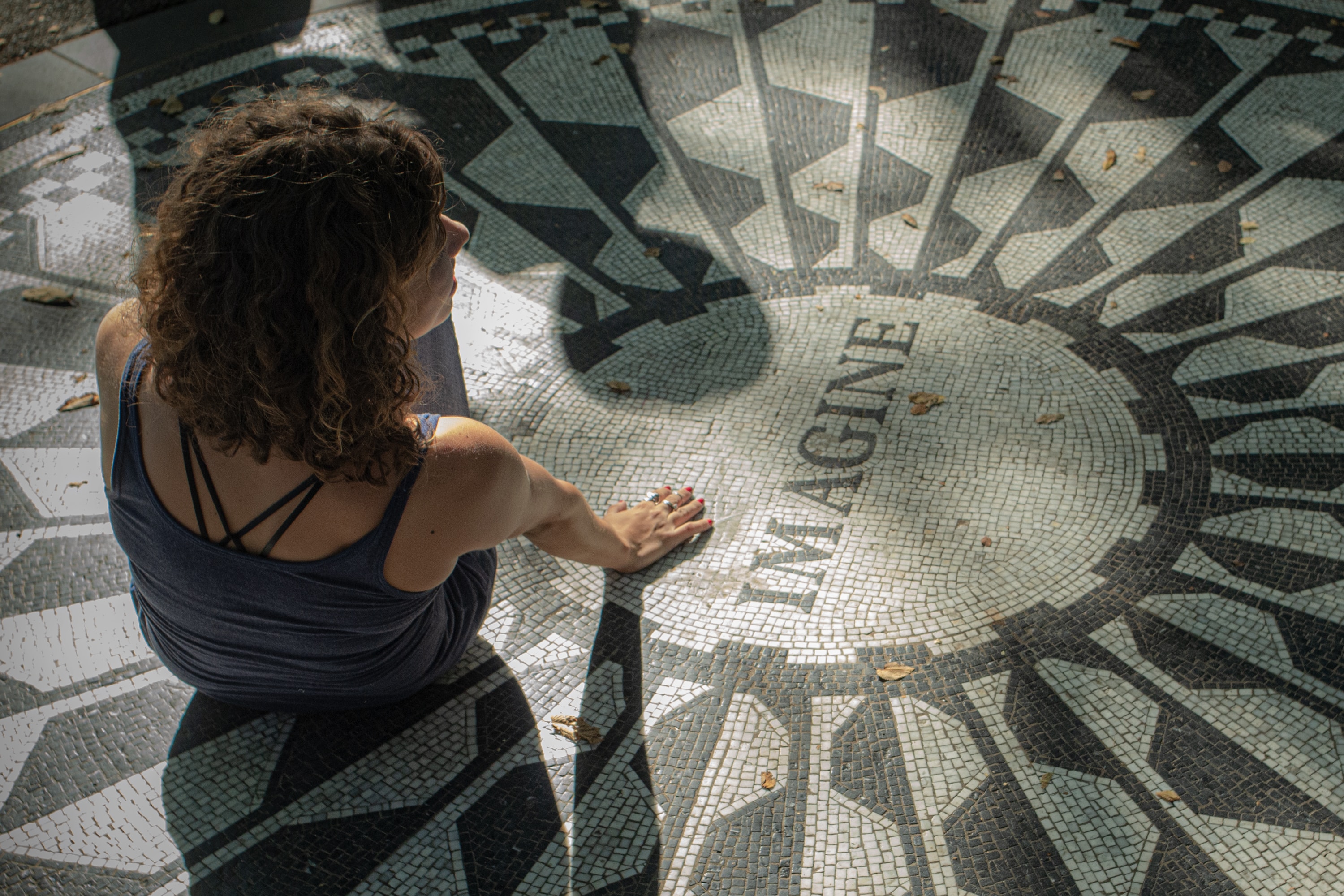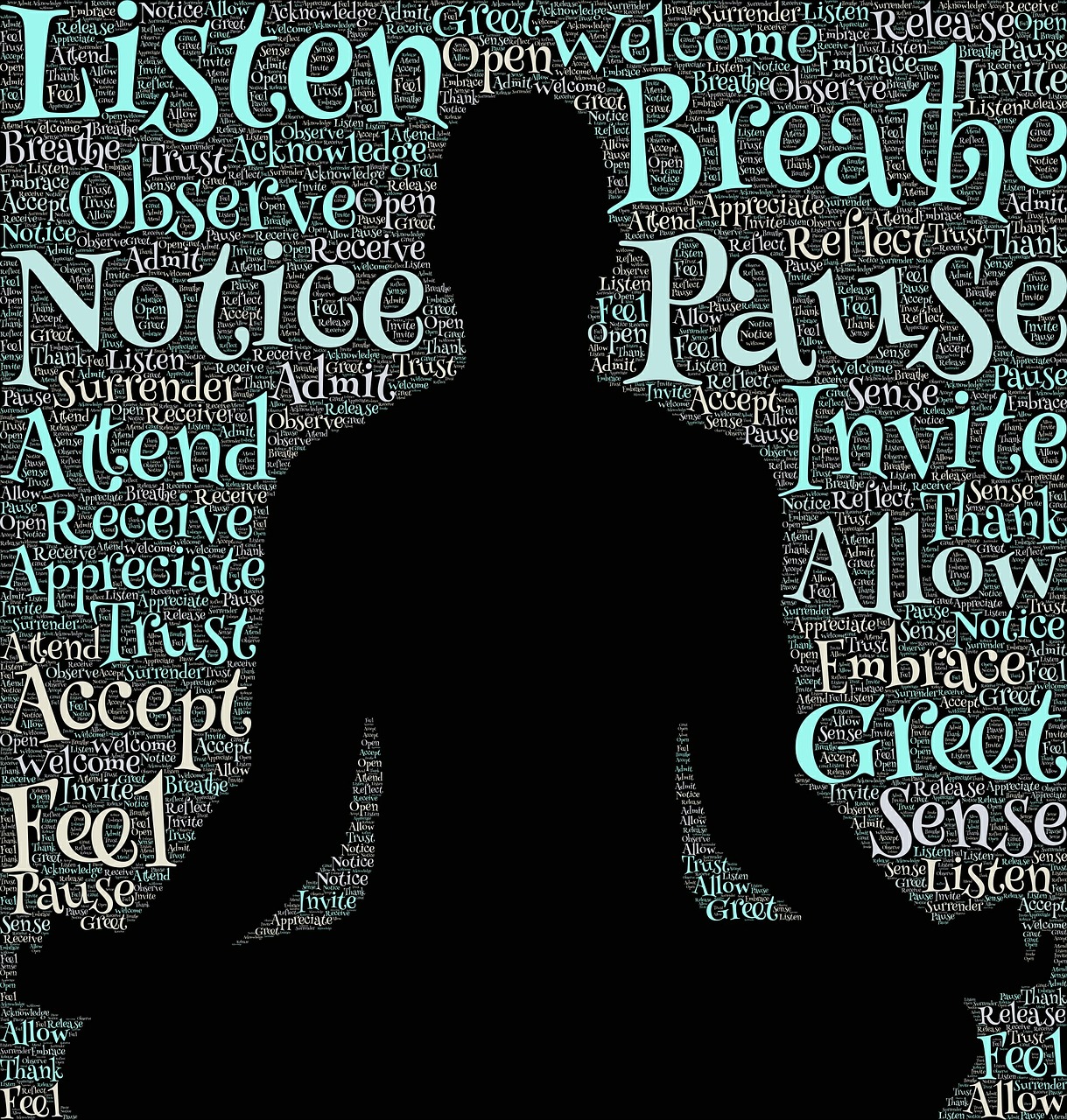I was talking with my sister yesterday with whom I share many a philosophical conversation. We were talking about those times in life when things really are difficult, when the only thing we can really do is withdraw to the realm of our dreams or imagination as a means of survival. When our situation is unbearably painful and the reality unchangeable, our capacity to escape with our minds might be our greatest means of surviving another day.
Sadly we live in a time when not everyone has been able to nurture and cultivate the capacity to imagine. Our schools are stale and standardized. We are taught that dreams are cheap and the imagination the realm of fools. People spend the majority of their days being fed by media instead of cultivating their own inner worlds and ideas. We’ve forgotten the importance of the imagination. We’ve done worse than relegate it to the world of little children; we have even created a world which steals it from them! No wonder so many adults lack originality and the capacity to problem-solve.
“True imagination is not fanciful daydreaming; it is fire from heaven.” ~Ernest Holmes
Gladly, our imagination is never truly lost to us. Like any unused muscle, it may atrophy, but like any muscle, it can also be developed through the proper activities if the motivation is there. Reclaiming one’s imagination is beyond the scope of this post, but it is possible. If you’ve managed to retain or even nurture yours, then know you have a very important tool at your disposal.
The inability to imagine is akin to a life-sentence in prison. It may not be a physical reality, but the prison of the mind and spirit is a more widespread challenge, and it is equally difficult to the physical experience. Just as a person in a 3D prison must fight for his inner sense of freedom and hope, so too must those plaugued by self-doubt, insecurity, and fear. Just as a person in physical prison faces a certain “choicelessness” that is made concrete by bars and wires, it is not all that different for those on the outside unable to change their situations…trapped in work or relationship or health crises or whatever, unable to imagine a better world for themselves.
No one wants to merely survive, although, for many of the less fortunate, even this would seem miraculous. But how does one move beyond survival and actually learn to thrive? This is where our capacity to dream enters the picture.
We have to do what we can to keep the faith by doing things that we enjoy as much as possible. And beyond that, we have to nurture our imaginations. Escapism isn’t just “checking out”. It has an important function…as long as we remember not to be in it 100% of the time or to do it in ways that destroy our minds and bodies.
“My imagination is a monastery and I am its monk” – John Keats
So, here are some simple rules for tough times:
- Fight the tempation to destroy yourself.
- Stay in full control of your mind and spirit. Yes, that means escaping without drugs, alcohol, or other life-stealing substances.
- Always come back and fully feel again.
And here are your tools for tough times:
- Take time to imagine it as you would want it, and remember that dreams are limitless.
- Do something that brings you any amount of joy, no matter how small. Savor it. Breathe it into every cell.
- Find beauty, in a color, in a cloud, in anything, and if you don’t see it, shut your eyes and imagine it.
If we are to stay sane in an insane world, we have to learn to balance reality with escapsim. We can give oursevles permission to dream, as long as we follow the rules. That’s how we’ll learn to imagine things that we’ve never imagined before and begin to break through and transcend a world gone mad.




